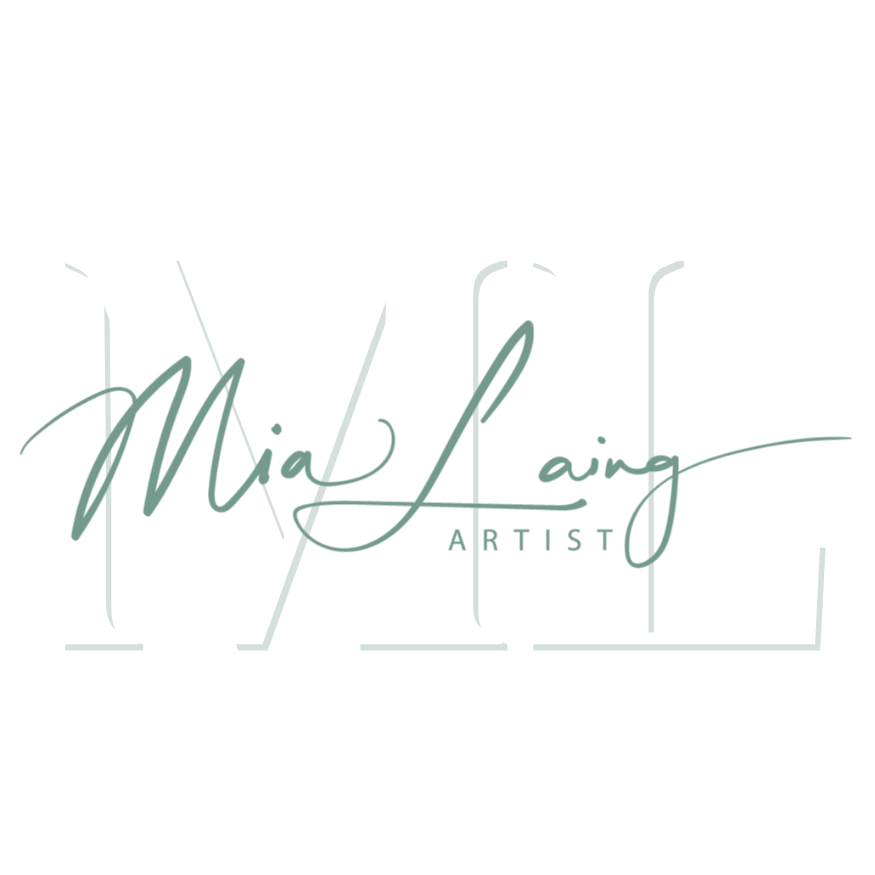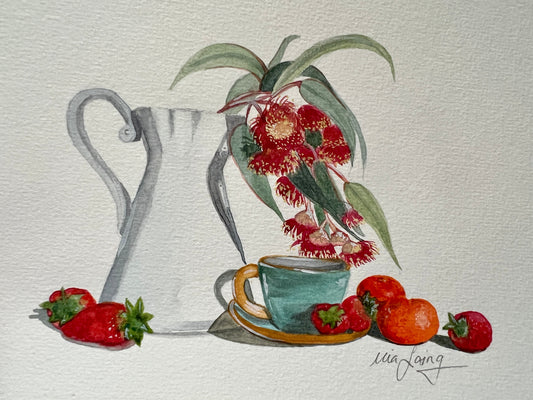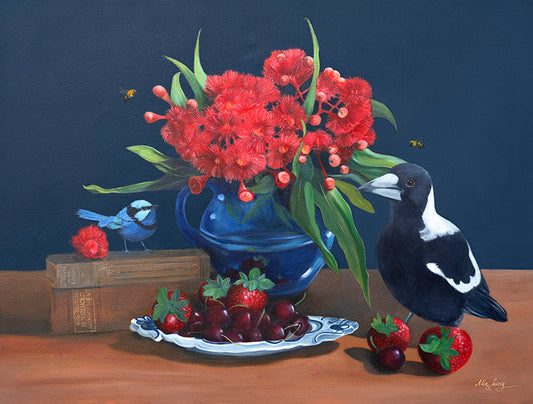After a little discussion on my
Instagram page, I thought I’d post the details of the labelling system I use on my canvas, linen and wood panel paintings.
Labelling your art is as important as signing it on the front, except it’s hidden on the reverse of the painting.
What Information Should Be On A Painting Label
Labelling your artworks allows collectors to know some important details about your work...

The details I include on my artwork labels.
a. Title - needed for both your records and your collectors and is vital for archiving your works after they are sold. Titles can often help the viewer interpret the image and add to the overall impact of the painting. I’ve even sold a few paintings because the title ‘spoke’ to the buyer!
b. Medium - eg oil on canvas, acrylic on paper, oil on linen etc etc. The medium and the ground (eg canvas, paper, linen) is needed to ensure correct storage, framing, cleaning and future valuation of an artwork, without guesswork. Oils are usually of more value than acrylics; paper needs to be protected from moisture, insects etc. Paper should be framed behind glass; oil needs to breathe.
c. Copyright reminder - that this artwork belongs to the artist and creator of the work. Copyright is automatic even without labelling it, as you are granted free legal protection as soon as you create your work under Australian and international law, but I think it’s always good to state it too. The ©️Symbol should be written first, then your name and the year of completion.
d. Website or contact details...because hey, you want people to find you! Think ongoing sales, questions or even future research about you in decades to come when your painting is found in someone’s attic, worth millions...hahahahaha!
e. Varnish details - Can I tell you just how important this teeny bit of information is? I started doing this after once spending hours trying to remove varnish from a painting that was damaged and not realising I was using the wrong solvent for that particular varnish. Now I label the exact varnish I’ve used and therefore, can remove it with the correct solvent without the frustration. Varnish protects your paintings from environmental factors and dirt and can be removed by future restorers for cleaning or repairing.
d. Some artists also sign the back of their paintings, as well as the front. I don’t, as I feel there is enough of my details on the label to know it’s my work, and my front signature is my full name, not just initials, but sign away on the back if you feel it’s necessary.

Using a house paint in a canvas colour, I masking tape a small rectangle to make a neat label.
To make my paintings as professional as possible, I use masking tape, then paint a small rectangle of light coloured house paint (I use a British Paints sample pot in a colour called ‘classic Canvas’) onto the reverse of the painting...this seals the canvas and prevents the marker pen ink from leaching through the canvas and possibly ruining your painting.
I then use a permanent marker to write in my details as neatly as possible. Emphasis on the neat...There’s no point in any of this if nobody can read your writing!
If the painting is framed and a backing board is used to seal the frame, I repeat these details onto a sticker on that backing too. A good framer will also make note of the labelling details before sealing the back.
So that’s it....paint labelling 101.
Mia x
 The details I include on my artwork labels.
The details I include on my artwork labels. Using a house paint in a canvas colour, I masking tape a small rectangle to make a neat label.
Using a house paint in a canvas colour, I masking tape a small rectangle to make a neat label.


